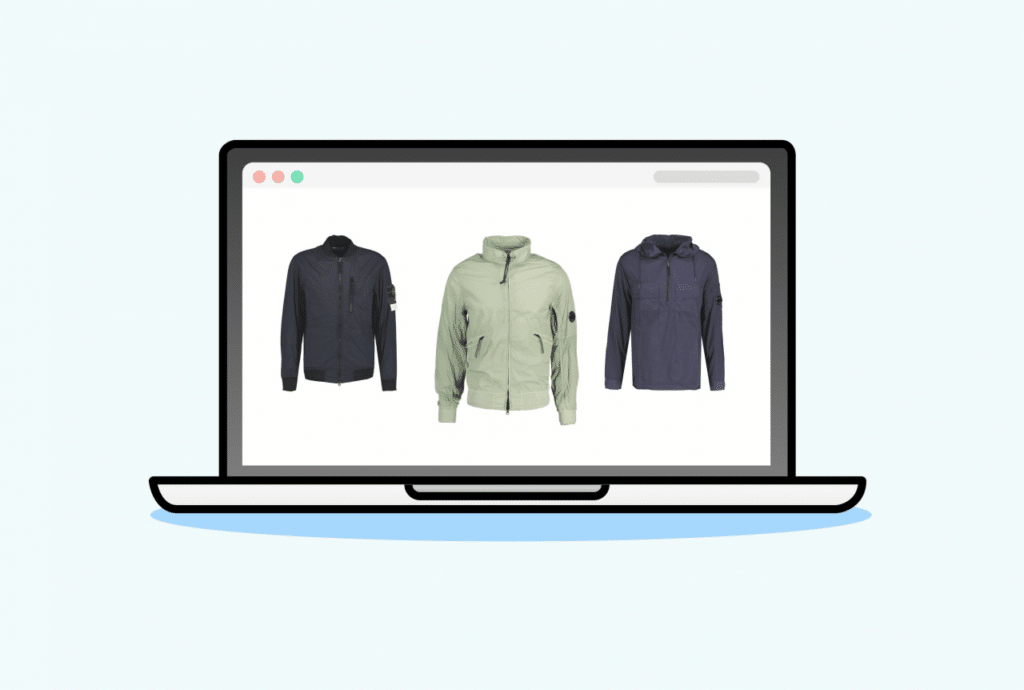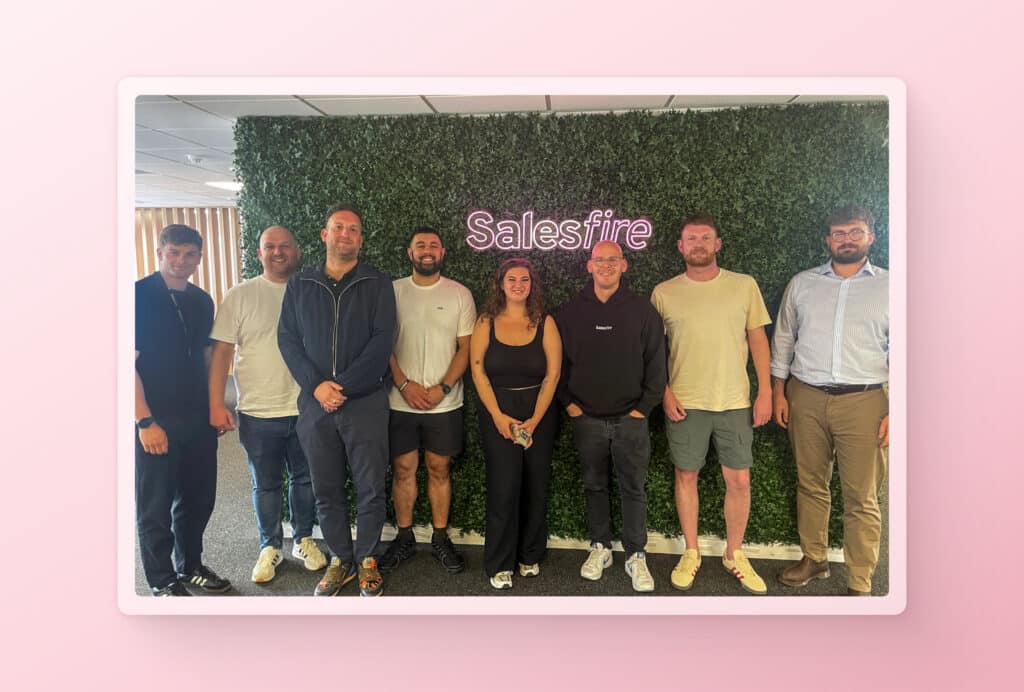The State of Fashion eCommerce: A Stat Round-Up [Infographic]
By Laura Taylor • Last updated: Monday Apr 29th, 2024

It goes without saying that 2020 was a big year for eCommerce.
The acceleration of eCommerce caused by the global pandemic saw shifting customer behaviour and fashion brands switching to online-only strategies.
And we saw that trend continuing into 2021 with an online exclusive January.
The first month of the new year saw Boohoo’s purchase of the Debenhams brand, moving the store’s operations to online-only sales, as well as Topshop closing its physical stores and becoming a part of Asos.
To gain further insight into what happened in the fashion eCommerce industry in 2020 and uncover an early analysis of the first month of 2021, we’ve created the below infographic to pull out some of the key stats that we thought were worthy of note.

Reactive strategies generate an increase in revenue
Despite in-person social engagements being put on hold in 2020, fashion eCommerce was nevertheless a top-performing sector.
Following an initial dip in the first quarter as a consequence of Covid, online revenue in the clothing industry grew an average of 11% monthly in 2020.
As consumer budgets were reallocated from holidays, travel and nights out, fashion retailers capitalised on the shifting shopping patterns.
From new loungewear to adapting wardrobes to a work from home uniform, with some clever campaigns and reactive marketing, the online clothing industry responded effectively to the restrictions and challenges of eCommerce in 2020.
Increased AOV signals a confidence boost in eCommerce
The forced closure of non-essential shops for most of 2020 left some shoppers navigating online retail for the first time.
As with everything tried for the first time, confidence may have initially been low for these online shopping newbies.
However, we can track a slow building of confidence throughout the year as AOV in the clothing industry grew by an average of 7% each month in 2020.
This may reflect an increase in bigger-ticket purchases as customers settled into the routine of lockdown shopping and became reliant on online retailers.
Site Search as a key revenue driver
By speeding up the customer journey and inspiring purchases, Site Search became a key player in the fashion industry in 2020.
With average order values from Search in the clothing sector growing by 26% each month in 2020, we can see it was a favoured path to purchase for shoppers.
Customers who interact with search have a high intent to purchase, as they can already describe or show the search engine an image of the product that they are looking for.
This highlights the importance of optimising your search tool for speed, accuracy and merchandising.
A first look at fashion eCommerce in 2021
With the first trends of 2021 revealed in January’s data, we can see that the trends set in 2020 for the fashion industry are set to continue into the new year.
Comparing a traditional January mix of online and offline shopping in 2020 to the online exclusive month in 2021, the average revenue in fashion eCommerce was 124% higher in January than the previous year.
The stark difference in shopping environments across the world need to be taken into account when considering this exceptional boost in revenue, but nevertheless, we can predict that the online clothing industry is set for another high-value year.
Looking ahead
The global pandemic has accelerated the inevitable shift to online shopping that has been slowly bubbling over recent years as high street retailers struggled to overcome countless hurdles of physical retail.
Whereas the in-store and online experiences have in the past complimented one another for fashion shoppers, customers who have been forced to change their habits to shopping online during the pandemic may get used to the convenience and choice that eCommerce offers – meaning there potentially won’t be the resurgence to physical stores in line with pre-Covid levels of demand.
For retailers to stand out in the saturated market, elements of offline fashion shopping will need to be adopted to create value-driven and memorable experiences that cultivate a loyal customer base.
With a complete return to the high street looking uncertain, online fashion retailers are going to have to replicate the same sense of empathy and personalisation customers would receive from in-store interactions.
Follow the trends of the fashion eCommerce industry in 2021 for yourself over at TrendDesk and sign up to receive regular updates.
See how Salesfire can help you optimise your product discovery experience, email one of our experts at [email protected] or book a free demo of our personalisation tools.



